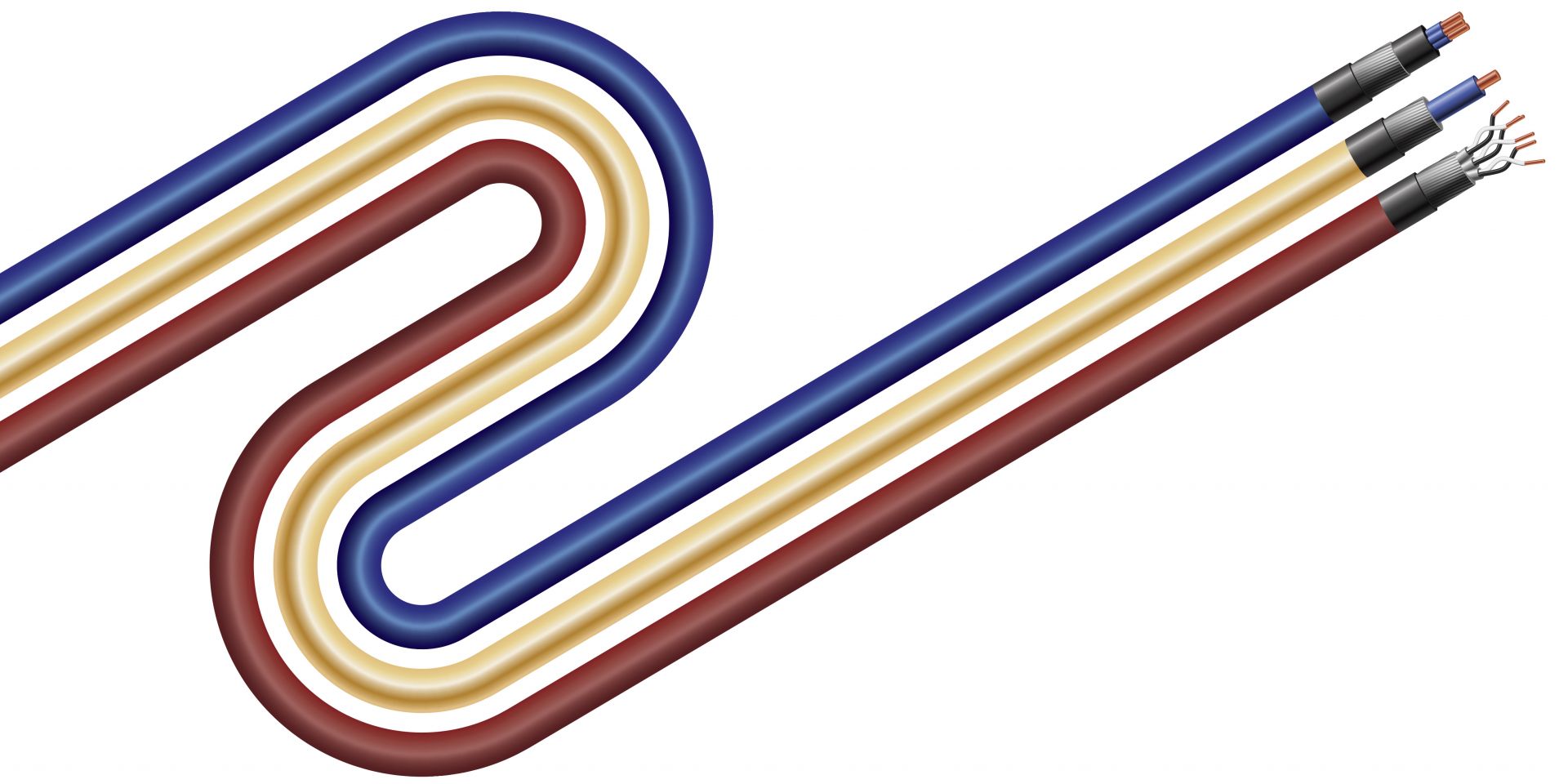Breakthrough development in aging management of I&C cables

As nuclear power plants in the United States and around the world go through license renewals to operate for up to 60 and 80 years and beyond, aging management of electrical cables takes center stage. Each nuclear power plant unit has thousands of miles of cables, many of which are critical to plant safety and reliability. The most important cables—those in safety systems or safety-related applications—are qualified according to industry standards and guidance documents for nuclear applications. These qualification methods use accelerated aging to simulate cable degradation under natural aging conditions and then subject the cable to a design-basis event simulation to establish the cable’s “qualified life.” This approach has worked well for the length of the initial plant license, but now, many cables are approaching or already are past their 40-year qualified lifespan. With license renewals allowing plants to operate beyond their original design life, the industry has undertaken a variety of research endeavors to help assess the condition of cables as they age and develop in situ testing techniques to verify that cables can continue to operate safely and reliably. For example, in 2022, we completed a multiyear project to develop aging acceptance criteria for a wide variety of condition monitoring techniques that can objectively assess the aged condition of cables while they remain installed in nuclear plants.


